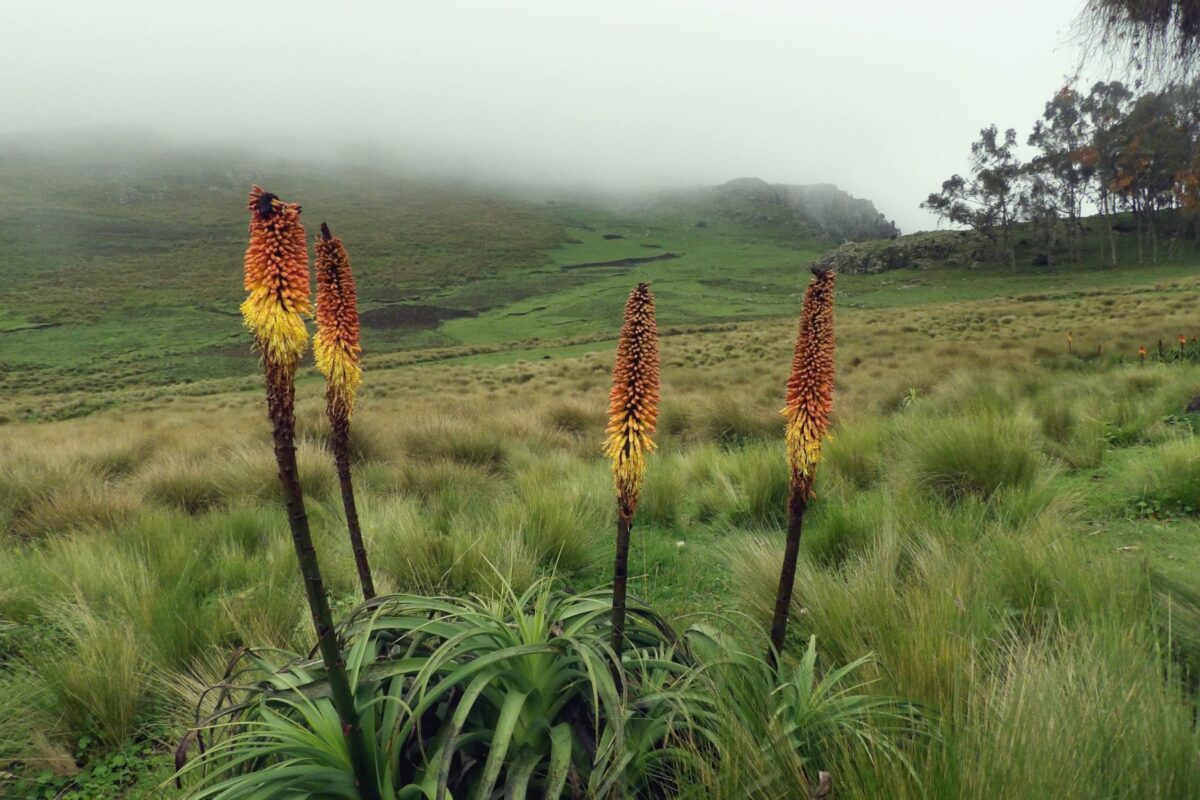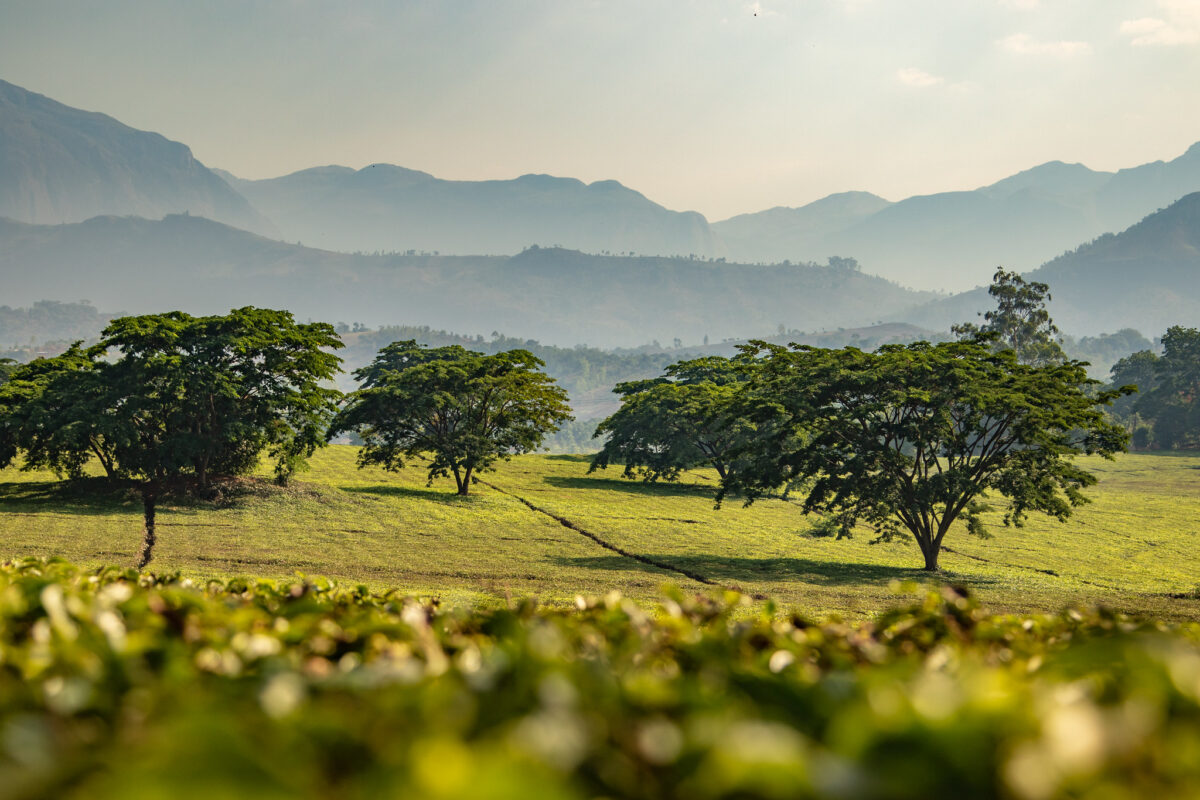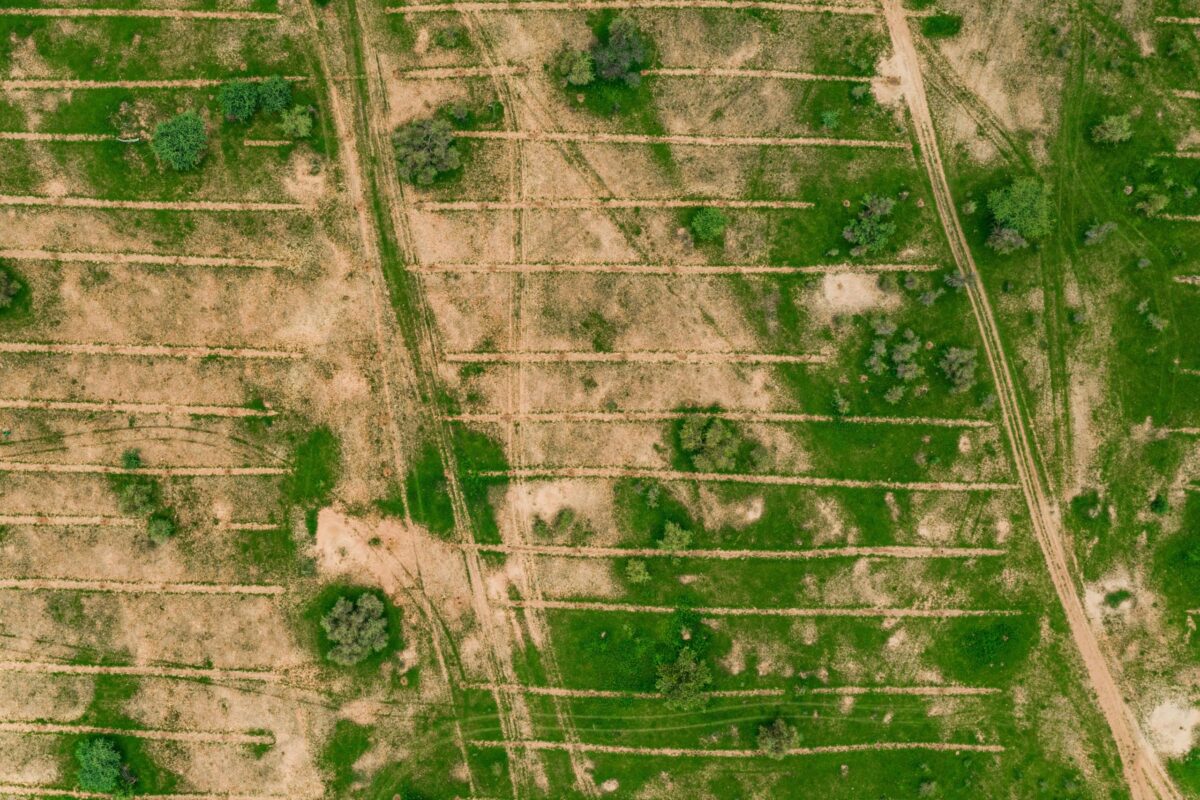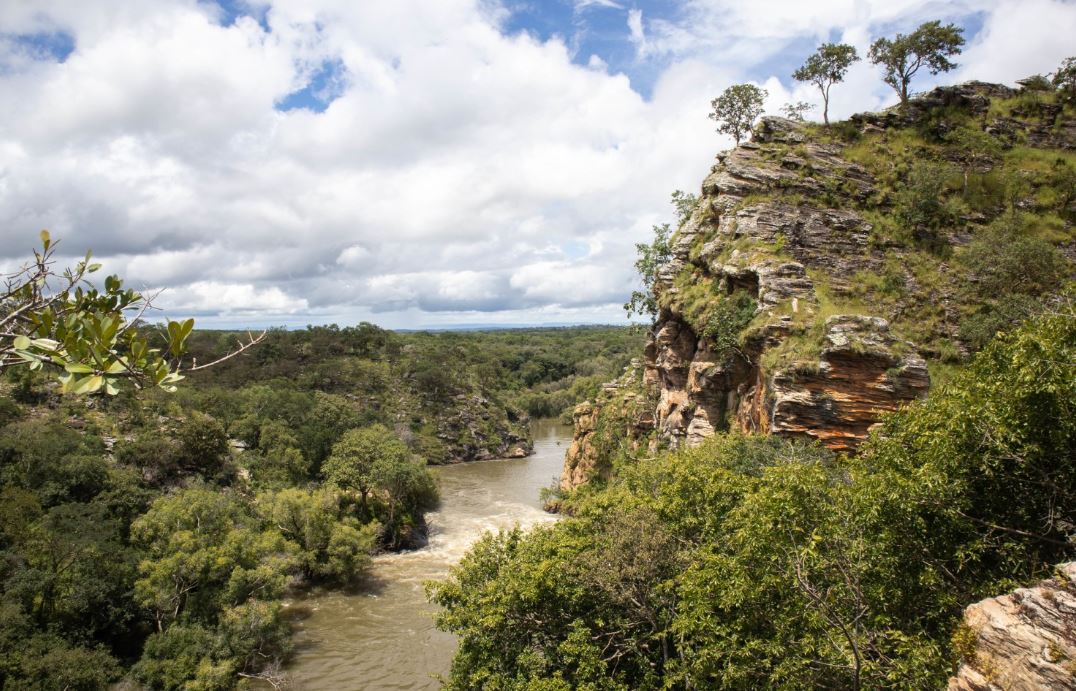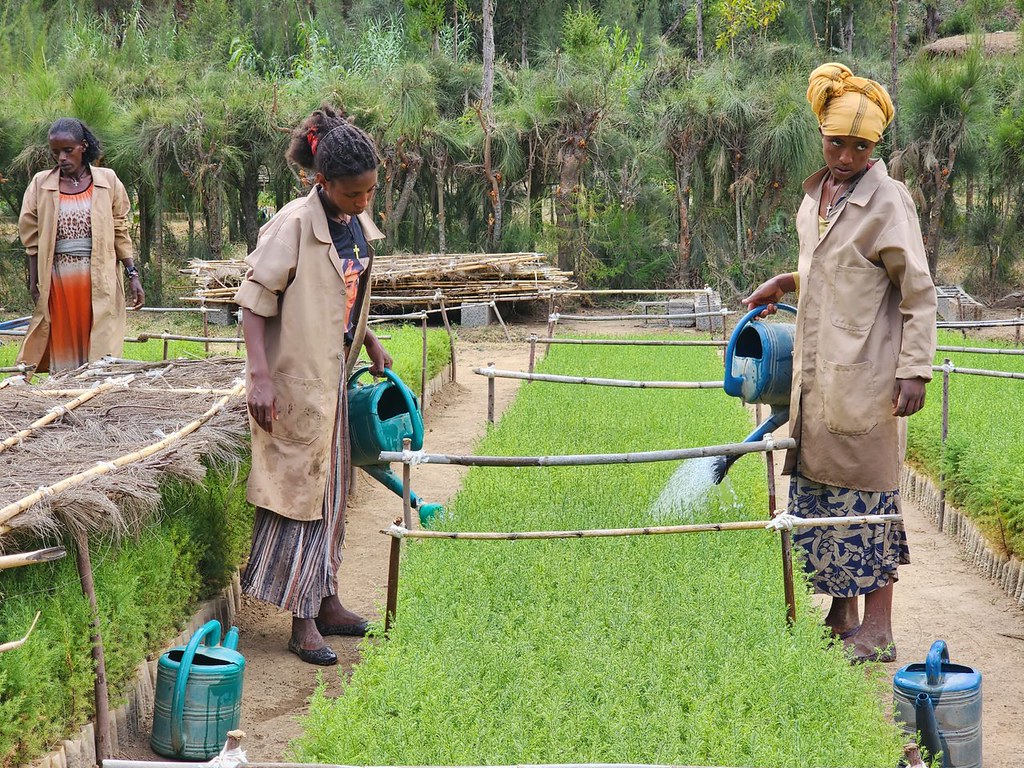To measure success in forest restoration, we often focus on ecological factors like soil health or biodiversity, looking at things like nutrient levels or species diversity. Yet one of the most important—and often overlooked—factors for success is the level of trust between restoration organizations and nearby communities. Trust is built by engaging and gaining the support of local communities in the restoration process. Without this involvement, restoration successes are unlikely to be long-lasting. Communities might join in at first, but if they feel disconnected or lack ownership, they may pull back once external monitoring ends, putting previously restored areas at risk.

Why trust matters
Trust has only recently begun to be recognized as a key factor in restoration science, and it is still less studied compared to ecological and technical elements. Researchers typically measure trust by assessing community involvement and their perceptions of both the restoration process and the practitioners leading the projects. When trust is strong, communities engage more actively in protecting restored areas, monitoring efforts, and ensuring that there is alignment with their local livelihoods. Without trust, however, resistance or disengagement often follow, which can prevent restoration efforts from succeeding.
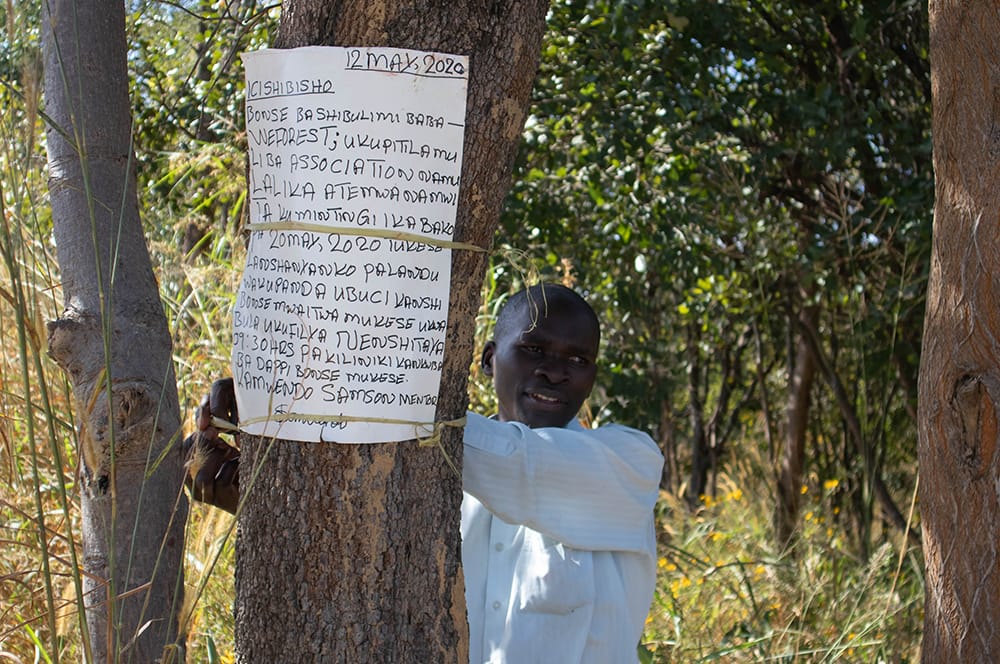
The power of local wisdom
A crucial element in building trust in restoration is integrating local wisdom. Local communities have deep, generational knowledge of their ecosystems. Including this wisdom in restoration not only strengthens community ownership and engagement but also fosters a deeper nature connectedness which is essential for healing the relationship between people and the land. This emotional bond encourages long-term commitment to their land, improving both ecological outcomes and social sustainability. Organizations like Health in Harmony use ‘radical listening’ techniques to understand people’s needs, values, and traditional practices, ensuring that restoration plans reflect and respect communities’ long-held knowledge.
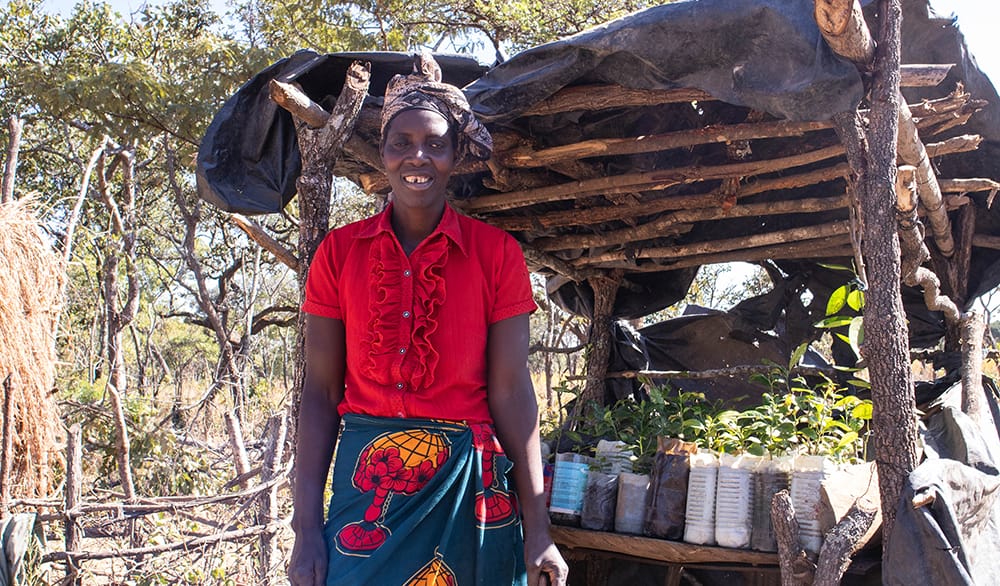
WeForest’s trust-building tools
WeForest focuses on developing long-term relationships with local communities, co-creating projects that align with their needs and values. Each project is managed by local teams who speak the community’s language and are involved in continuous, open dialogue with community members. We begin by asking communities if they would like to partner with us, using a Free, Prior, and Informed Consent (FPIC) process to ensure they are involved at every stage. Our projects are designed to empower communities, with participatory processes that ensure their voices are heard. We also ensure that marginalized groups, such as women, youth, and ethnic minorities, are included in the planning and benefit from the projects. Furthermore, WeForest works closely with national governments, engaging in consultations and task forces to ensure projects align with broader conservation and economic goals.

Could trust be the secret ingredient to long-lasting ecosystem restoration?
When communities feel connected to restored landscapes, they are more likely to protect them even after external monitoring ends. Without this, they may return to old practices, risking the success of restoration efforts. Building trusting relationships between communities and practitioners cultivates ownership and responsibility that makes restoration sustainable in the long run. It is simple, really—by putting trust and emotional connection at the heart of restoration, we can aspire not just ecological healing, but also inspire a lasting, people-driven commitment to (healing) the land.

